The first cohort of the 42 Tirana program will start in October 2025.

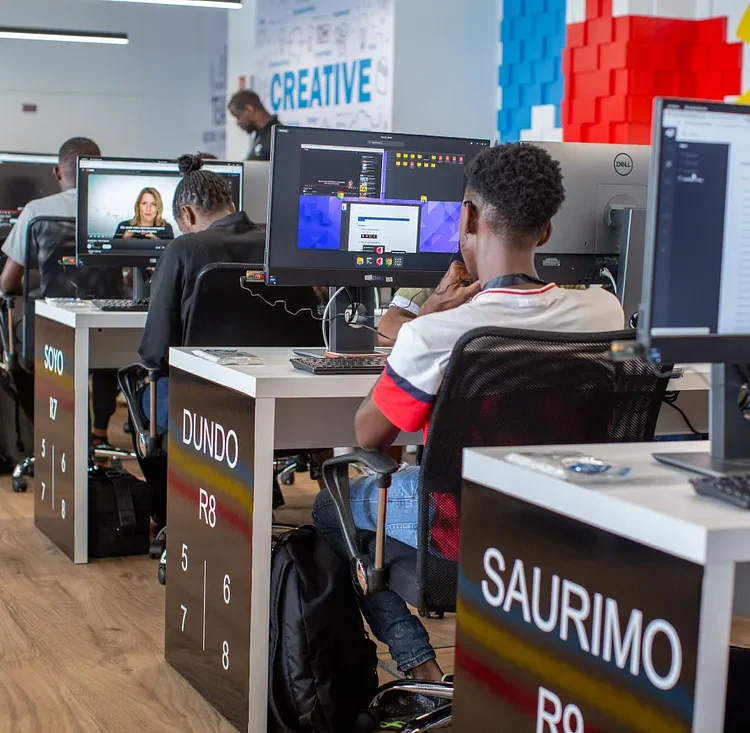
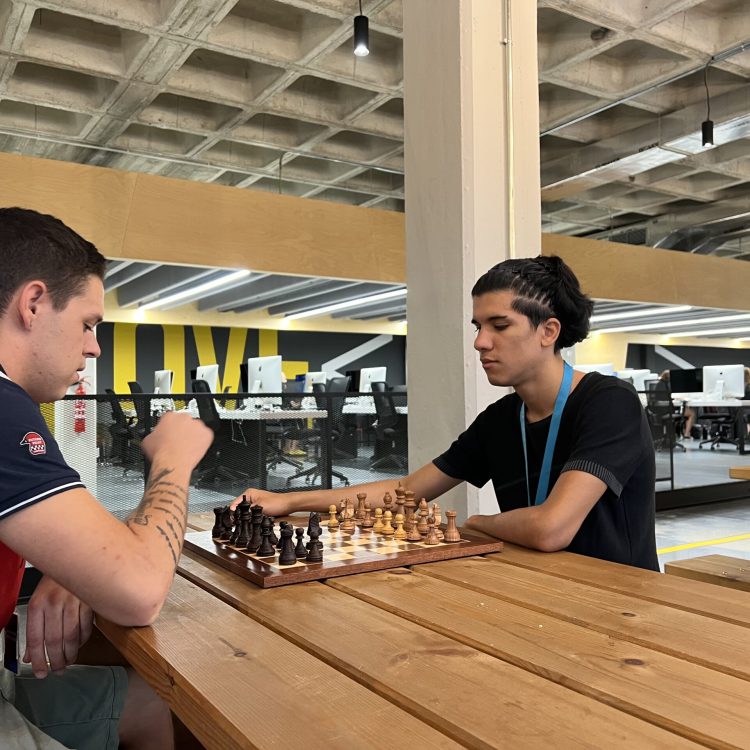
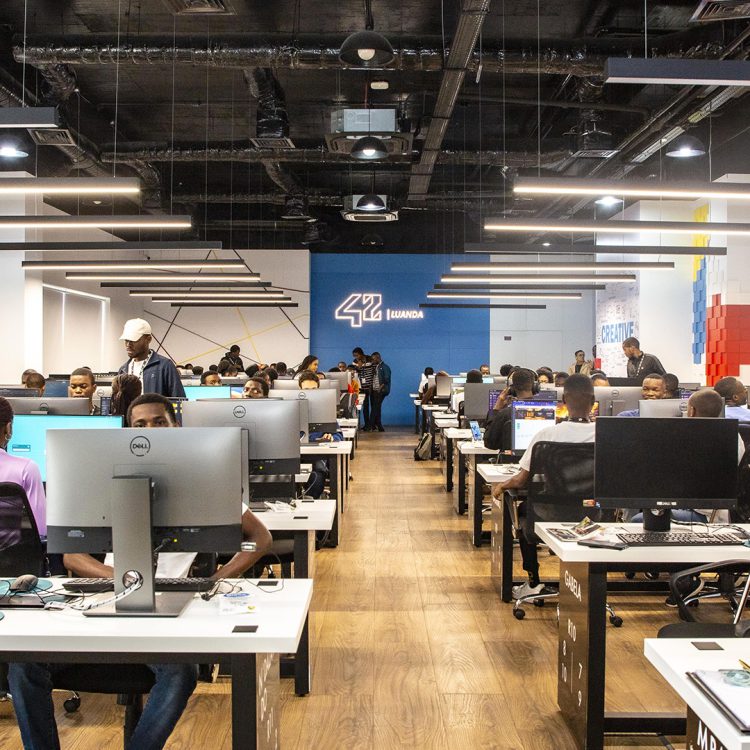
Thanks to its innovative teaching methods, 42 is able to offer education par excellence without resorting to lectures.
The pedagogical staff is available to help the students find their own solutions. In order to progress at 42, you have to work in groups, lean with the community to overcome challenges and then, share your experience with your peers. You don’t learn programming by copying algorithms on paper!
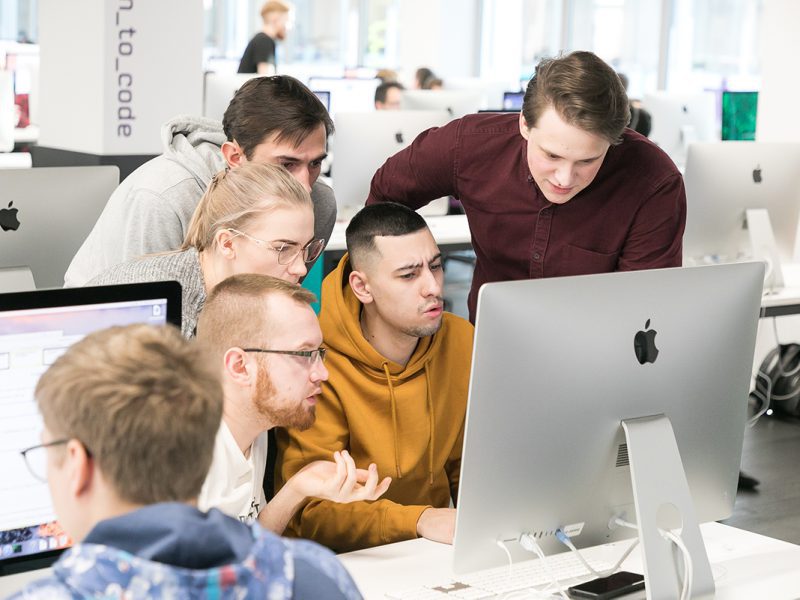

At 42, students act for their own success within a 100% practical curriculum.
Surpassing oneself is the only way to move forward: You can always count on the strength of the group; give and share information, as well as learn and train at the same time. This growing collective intelligence helps students understand how a professional environment works. Each part must rely on the other in order to properly achieve a project.
At 42, failing is not the end. It is a means to an end.
It’s the path to success: test a program, understand your mistakes, correct them and move forward. At 42, you are rewarded for finding your own solutions. This is not about mindlessly copying a model. Achievement is the only thing that matters, whichever path you use to reach it.
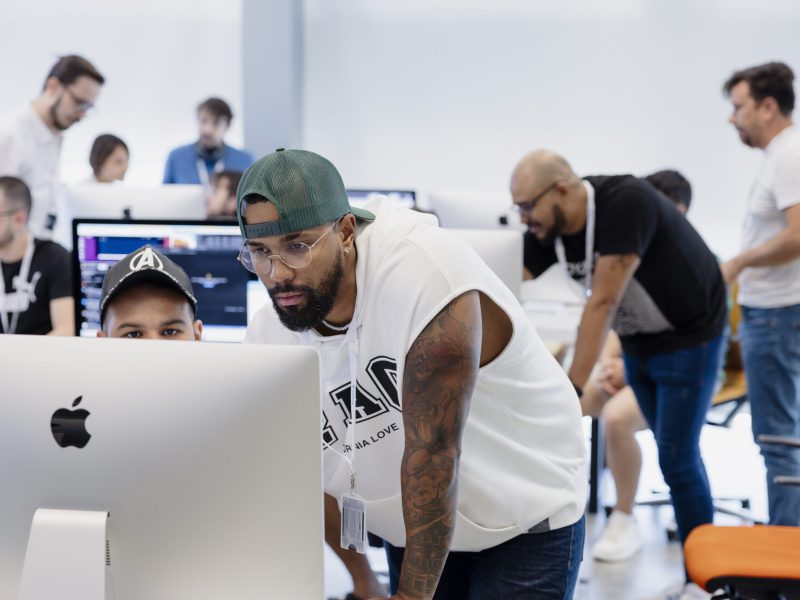
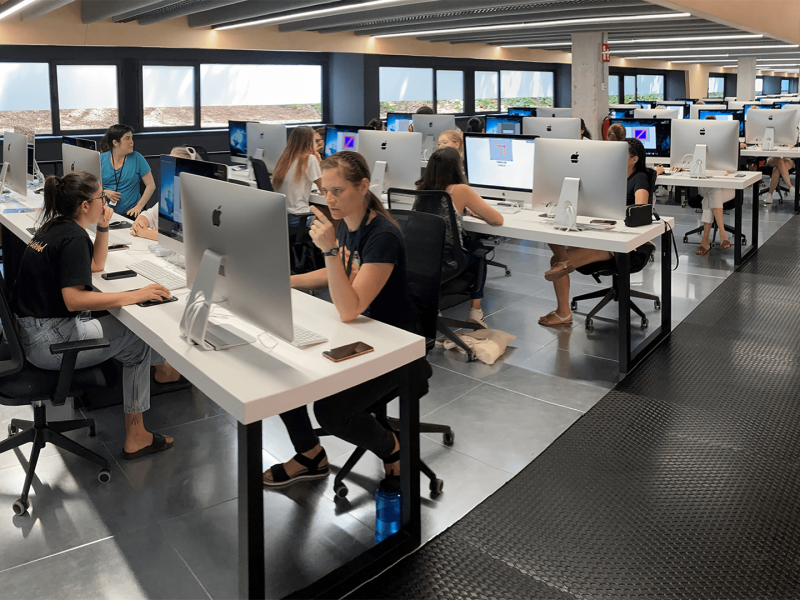
If you apply to 42, don’t expect a “knowledgeable” person to teach you anything.
You have to find the answers by yourself or ask fellow students to show you and explain things that you in turn will learn and transmit to someone else. This method allows you to move forward and sharpen your skills through research, experimentation and defending your personal approach to a given problem.
In classical learning, evaluation happens at the end of the curriculum. At 42, this is when you learn the most.
Peer evaluation requires students to evaluate each other’s work with the help of a grading scale established by the pedagogical staff. This system supports dialogue and allows sharing advice that will help students move forward and seek alternative methods. There is never one specific answer at 42. There is not one single model you must reproduce and learn by heart.

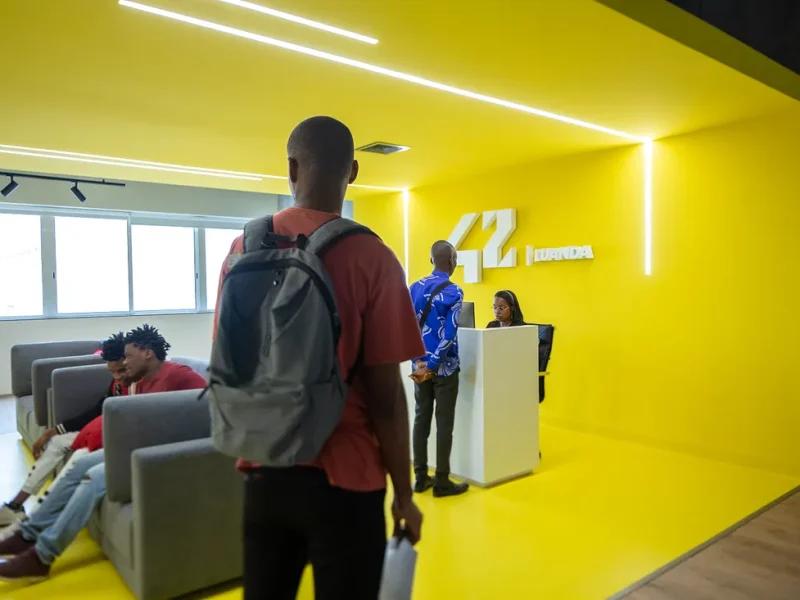
In a classroom, it’s usually ill-advised to join forces or share advice in order to solve a problem. At 42, it’s the other way around.
When projects get too tough to tackle, creating a group helps share different points of view. By approaching someone struggling with the same problem, you can share your thoughts and perspectives. Everyone brings something so that, together, you can understand and remember the keys to achieving a project.

The 42 method offers a motivational and entertaining environment, anchored in the thematic of gaming, known for improving the quality of teaching and students wellbeing.
After failing, you try again until you pass, just like in a video game. Projects earn Experience Points. You move along the curriculum as you pass various levels – and the skills you’ve acquired show on a personal record in the Intranet. You can even earn special achievements for special occasions and join coalitions that put you up against others in friendly competition.
Not everyone learns at the same pace: so why impose one? At 42, we don’t follow an administrative or academic timetable. On average, students integrate into the job market after 3 years. The curriculum is split into two parts: the common core and the second part, which is known as the specialisation part. The core curriculum must be completed in a maximum of two years. The second part may take longer, depending on your career plans. Most of the projects required have a realistic estimate of the time needed rather than an imposed deadline: personal organisation is essential.

The curriculum at 42 starts with the core curriculum. This experience sets the base for minimum skills, both human and technical Following each student’s personal pace, it lasts a maximum of 18 months and lets students learn C programming, develop simple software using classic algorithms, discover access to the file system, and learn management of the UNIX process. It also includes a simple first approach to network architecture as well as system administration. The program also offers oriented programming and a client-server project. The core curriculum is the same on each and every campus in the network 42. Once you’ve completed this part, you can join intercampus and exchange projects.

The second part of the curriculum tackles classical digital and programming fields such as artificial intelligence, cyber security and mobile application development. It focuses on project group work and collaboration as well as neutrality towards brands, technologies and languages in order to develop the adaptation skills of our students and help them avoid the fatal obsolescence that strikes the digital market from time to time. Students are free to pick the domains they want to explore. This helps them diversify their skills and expertise. This part of the curriculum also includes internships and occasional projects with exclusive partners, other schools and even an entrepreneurial program. It’s up to the students to decide when they stop the curriculum to become Alumni.
Not everyone learns at the same pace: so why impose one? At 42 Tirana, we don’t follow an administrative or academic timetable. On average, students integrate into the job market after 3 years. The curriculum is split into two parts: the common core and the second part, which is known as the specialization part. The core curriculum must be completed in a maximum of two years. The second part may take longer, depending on your career plans. Most of the projects required have a realistic estimate of the time needed rather than an imposed deadline: personal organisation is essential.
The length of the common core adapts to students’ work patterns. The greater the investment, the shorter it becomes. A number of intermediate milestones provide an opportunity to assess progress: the Paced System then recalculates the estimated date for completing the common core. The fastest students can complete it in as little as 8 months, while those with the most room for improvement can take up to two years.
To deal with unforeseen circumstances, students have a tool at their disposal: the Freeze. This allows students to take a break from the common core for a maximum cumulative period of 6 months. The Freeze is subject to approval by the teaching staff, depending on how far the course has progressed.
After the core curriculum, students are immediately interested in the labor market, which is why we let you choose the end of your training to become Alumni. This shift can also occur after a period of inactivity and a specific level of skills obtained.
The first cohort of the 42 Tirana program will start in October 2025.
The 2025 cohort registrations for 42 Tirana open in February and end in August.
“Piscine” is the French word for “swimming pool.” You will spend one month diving deep into our methods to find out whether 42 really is made for you or not.
We are open for registrations for two Piscine sessions:
| 1st Piscine | June 2 – 27 |
| 2nd Piscine | July 7 – August 1 |
The Meetings are organised in the months preceding the Piscines. Places are limited.
Join the world’s largest network of IT schools.